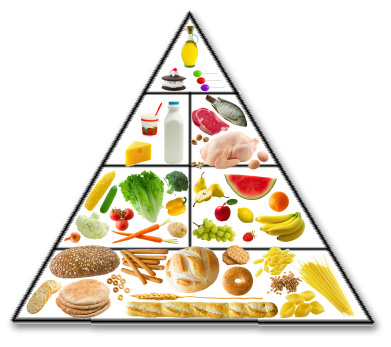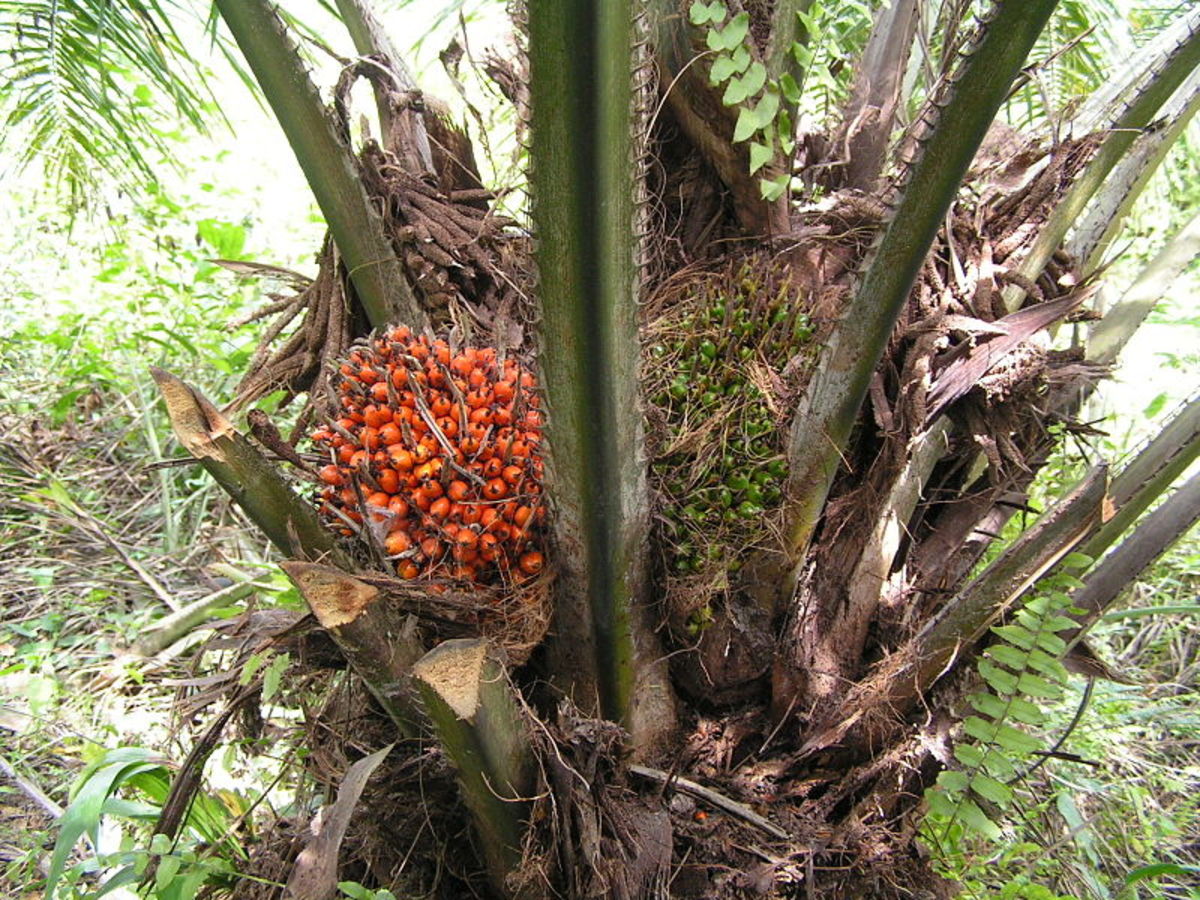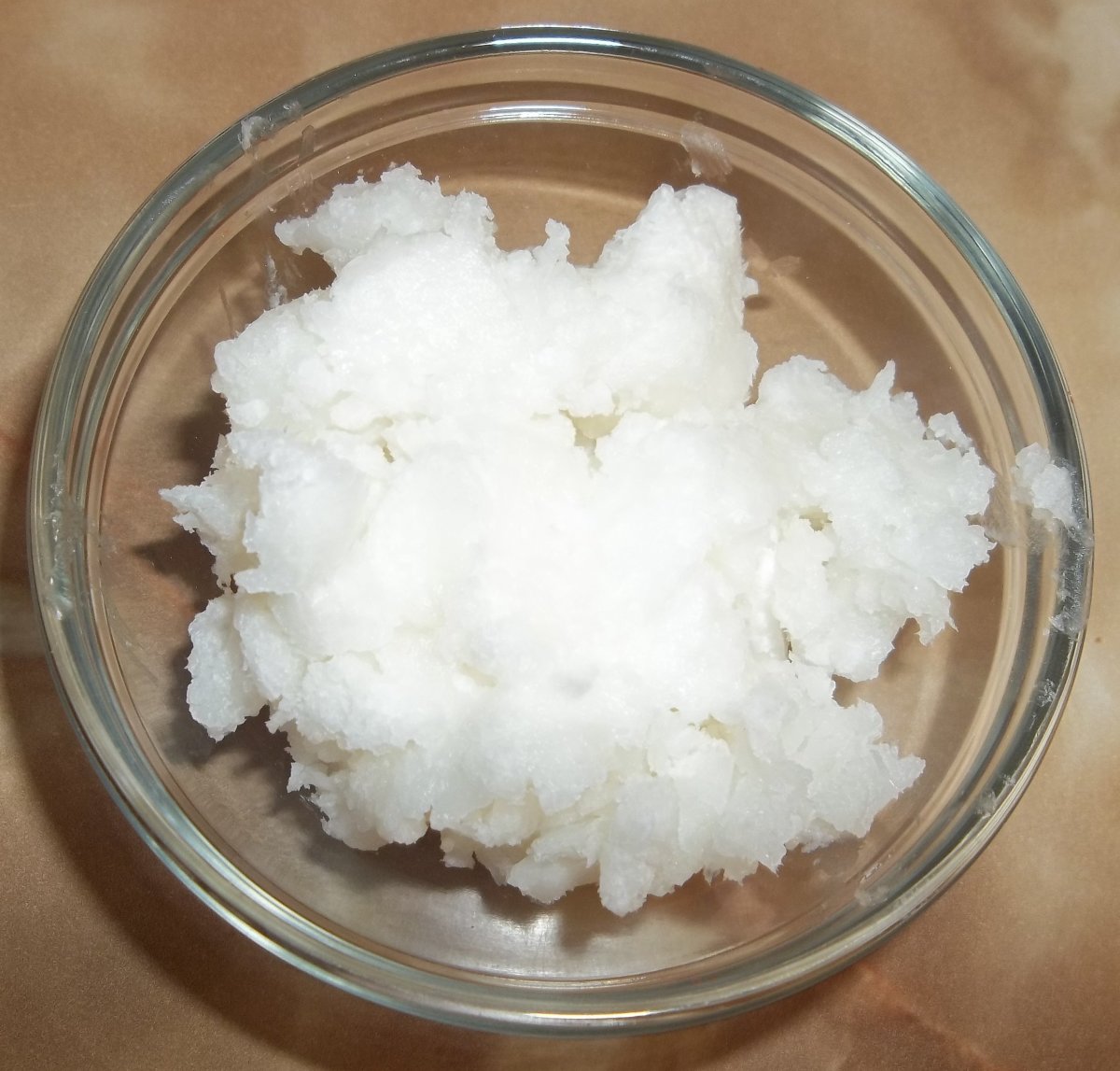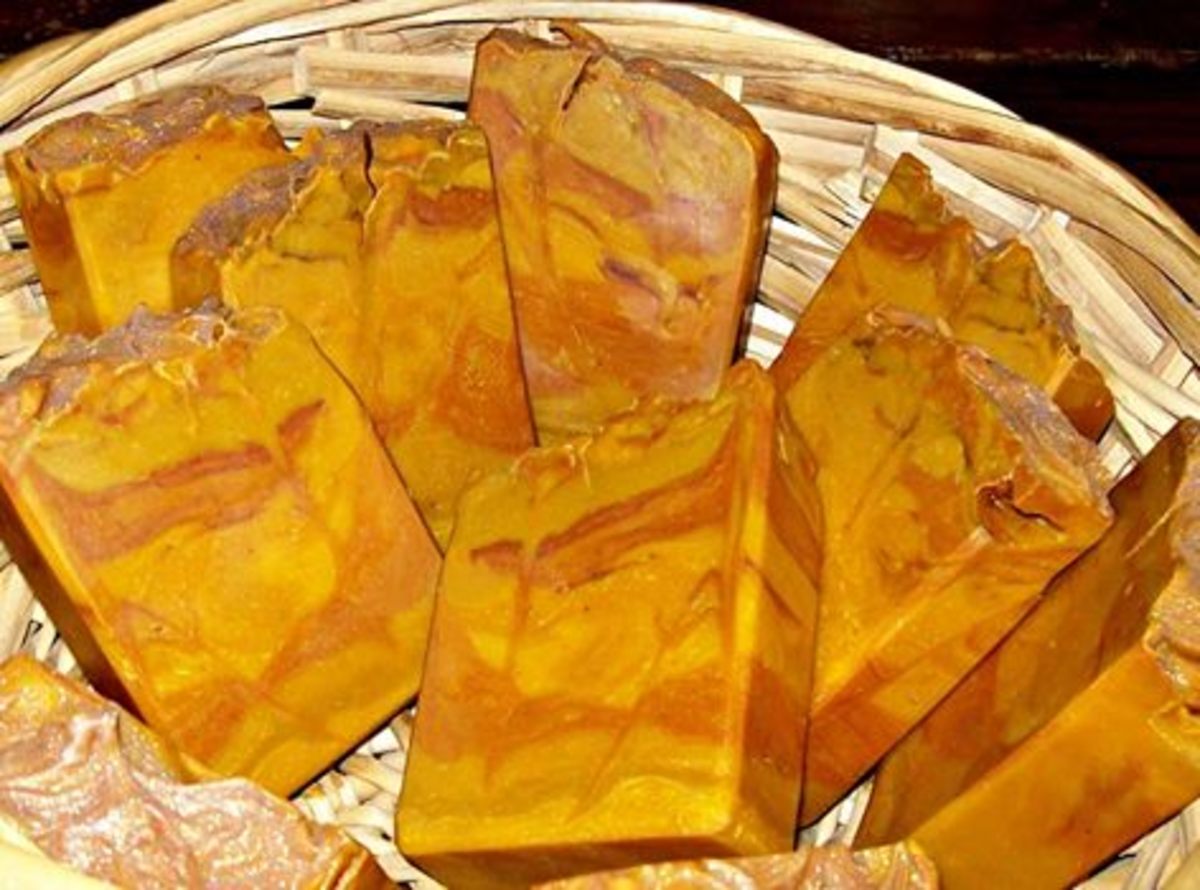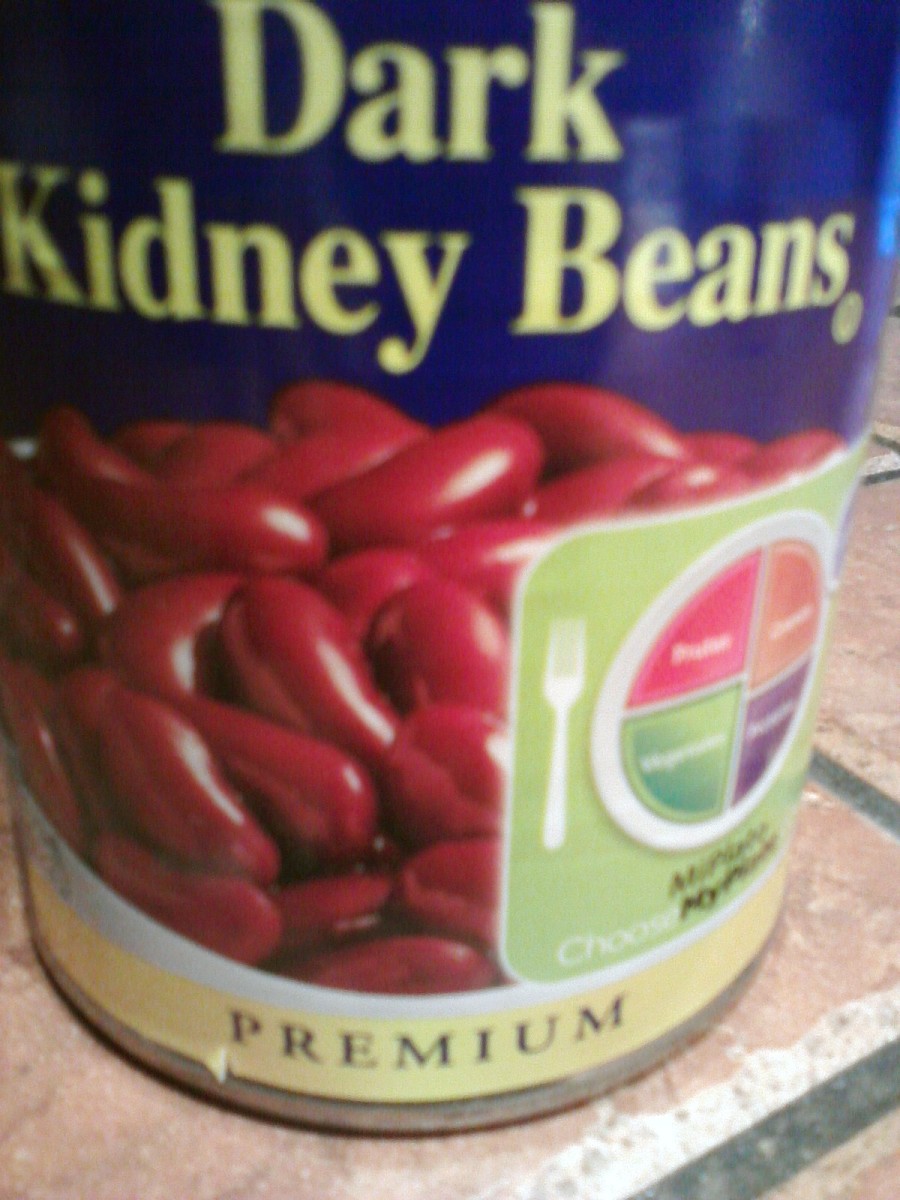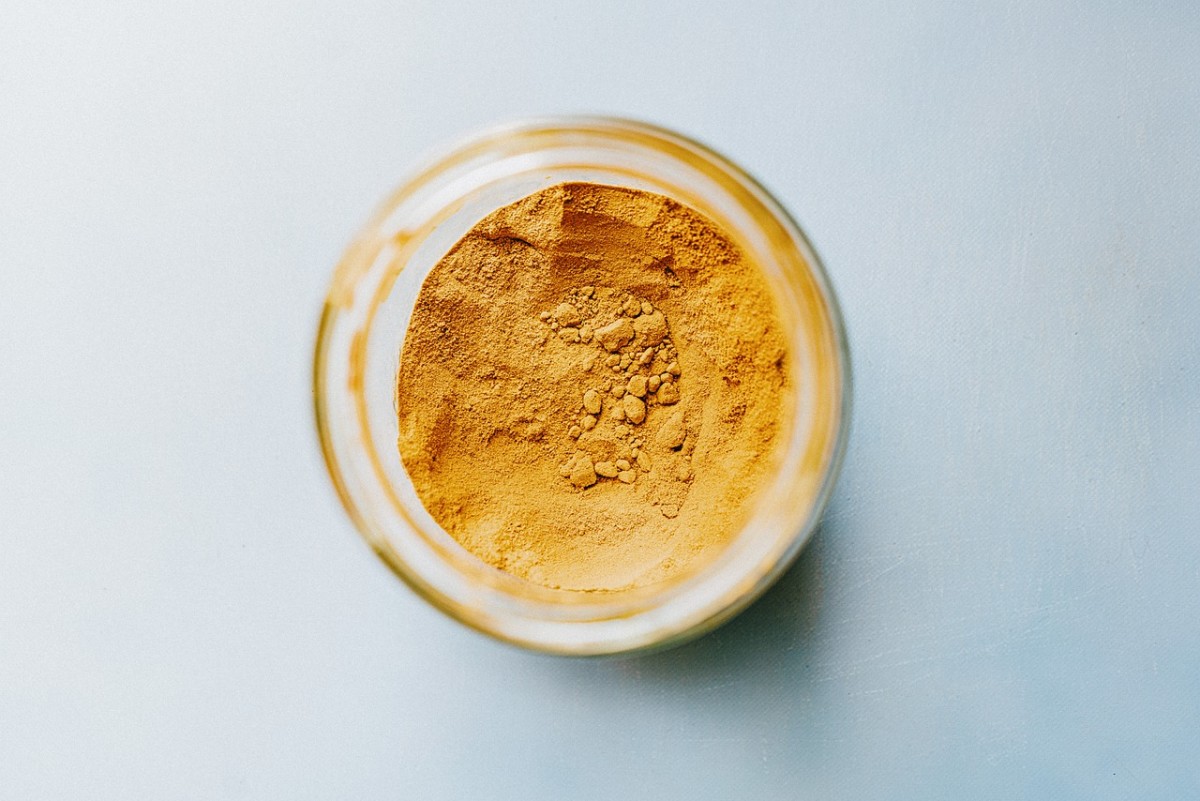Coconut Oil, Palm Oil, and Coconut Water

We need to understand how coconut oil, palm oil, and coconut water are related, and what role they may play in a healthy diet. These products are getting a lot of press coverage currently, but what role should they play in a healthy diet?
Oil Comparisions
Coconut oil
| Palm oil
| Coconut water
|
|---|---|---|
Comes from the coconut palm tree
| Comes from the oil palm tree
| It is the opaques liquid that has a slightly almond flavor that comes from the coconut nut fruit.
|
Coconut oil has been shown to lower belly fat when paired with a diet plan and exercise according to one study
| It has high levels of vitaminE which helps to offset 50 percent saturated fatty acid content.
| It has less sugar than regular fruit juices.
|
Repeatedly heating to high temperature can possibly be a health hazard according to an Indian study
| Palm oil in small amounts can lower chances of clot formation and reduce blood pressure.
| It contains electrolytes which is the same electrolytic balance as found in our blood.
|
Coconut oil contains 80% saturated fat.
| It is a good cooking oil since it will not break down in extremely high heat.
| Used to hydrate the body.
|
This oilis used both in detergents and for making cosmetics.
| Due to the high saturated fat content, it is not the healthiest choice for diets.
| It contains carbohydrates in a form that is easily digestible.
|
Coconut oil has been used in medical treatments such as psoriasis.
| This product is used to make soap and detergent.
| Enthusiasts claim that this water can reduce the chances of getting cancer and other diseases.
|
Some Coconut oil is called "virgin" if it is not processed, but there is not industry standard for "virgin" coconut oil.
| This is one of the most widely used products in the world and cultivating the palm trees leads to destruction of the rainforest.
| It has a high level of potassium.
|
120 calories per tbsp.
| 120 calories per tbsp.
| Contains 60 calories in one 11 oz. container. Coconut water may have less sugar than your current sports drink. It is 99% fat free.
|
Where did the Trans fat go?
What happened to the trans-fat that was taken out of pre-packaged food?
A few years ago there was a major campaign to get trans-fats out of food. As the country struggled with obesity, not only in adults, but in young children, experts and the food industry worked on ideas to help combat this problem. If hydrogen molecules are added to an oil such as corn oil or soybean oil, trans- fat is created.
When some of our grandmothers or great-grandmothers cooked, they used animal fats such as lard. Lard is a saturated fat. Animal fats cause the LDL, or bad cholesterol, to increase to unhealthy levels. Trans-fat can be found in many snack foods, candies, baking mixes, and many other products. Saturated fats and Trans fats contribute to heart disease.
When looking at new packaging that is labeled as trans-fat free, it appears that this food is healthier for the consumer than it was before. What took the place of trans-fat? Many food processors now use Palm oil. It is a common oil in in Asia and Africa. It is high in saturate fats. Palm oil contains about the same saturated fat as butter.
The fruit of the palm oil tree is pressed, processed, and heated which leaves oil that is light in color. It doesn’t break down when cooked, but is unhealthy when consumed on a regular basis.
When a product is listed as trans-fat free, the label should be check for the type of oil it contains. Some food may contain mostly palm oil. If it has been mixed with other oils such as canola oil then the saturated fat levels will not be as high. If the label indicates the saturated fat content is low, then the consumer will know that palm oil has been mixed with the healthier oils. So, at that point it is a personal choice on what type and amount of oil the consumer is willing to consume and at what cost to a healthy diet.
The label may read that is contains partially hydrogenated oil. This means that a hydrogen molecule has been added to unsaturated oil. This now converts the oil to partially hydrogenated and means that it contains Trans fats.
Many people are choosing to use only canola, olive, or other oils which are healthier choices and do not increase the LDL. Some oil in a consumer’s diet is good and oil should not be avoided altogether. Shopping on the perimeter of the grocery store and preparing meals at home allows consumers to control the amount and type of oil that is part of a healthy life style.
This is the food pyramid that many of us see often in articles on eating a healthy diet. It does show oils at the top of the pyramid. The new “My Plate” guideline does not indicate how oil relates to food groups on the chart. For that reason, the food pyramid should be used along with the “My Plate” guidelines when discussing the amount of oil needed on a daily basis.
Food Pyramid
